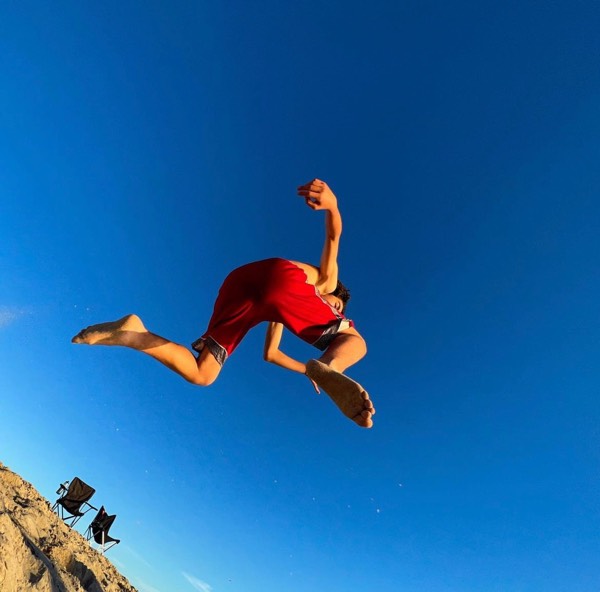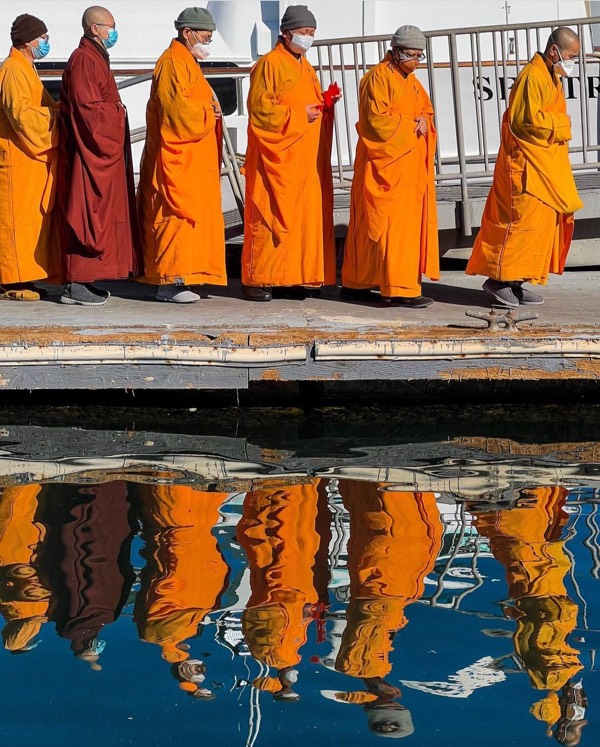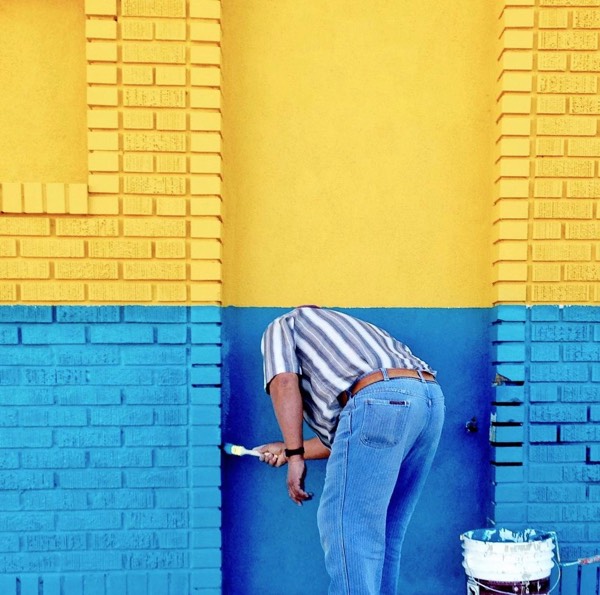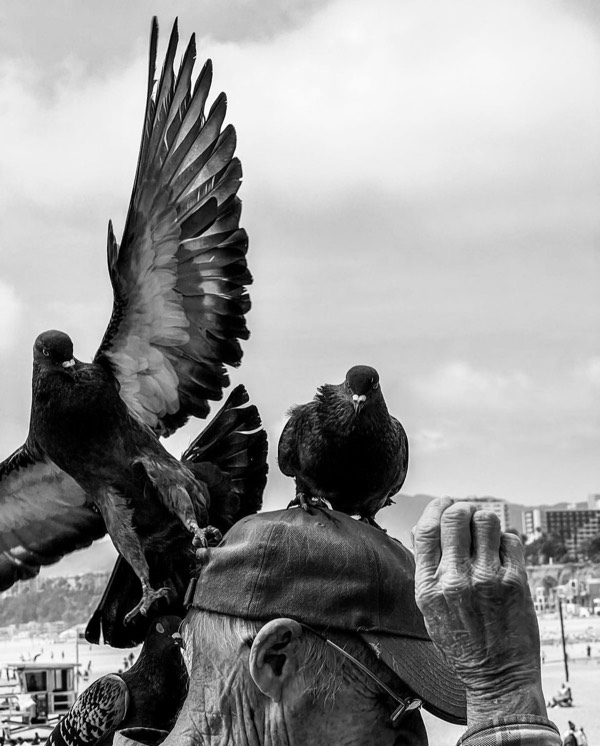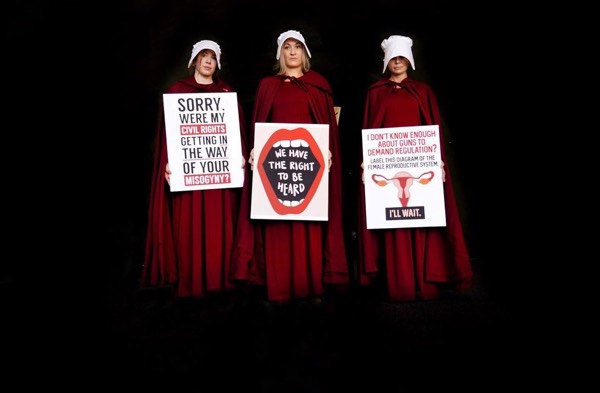And Alan, thank you so much for answering these questions and bringing us into how your big, scary mind works, because it's going to be fun to kind of go into where you were and why you shot it and what your thoughts are about what came out of your experience. So looking forward. Thank you
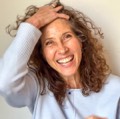
Deborah Pardes
@DBPardes · 0:40
Were you in the vicinity or did you see it and run over to it? And was there a relationship you had with the monks themselves at that point? Did they see you taking that photograph? And why do you think it's done so well as a piece that represents your art?
Alon Goldsmith
@babujani · 3:59
I did try and contact these guys after I saw my images because I wanted to do a feature on them together with a journalist friend of mine. But they were just completely untraceable. They live somewhere in East La. I know that there's various monasteries out there but had no luck contacting them. So this photo just lives alone as it is, moment in time. Something that's been an image that's been really good to me. And that's the story

Deborah Pardes
@DBPardes · 0:56
This is another photo that has gotten you great respect and accolades. And when I first saw it, I was like, oh, come on. Did you ask him to bend down and just stay in that position? Of course not, right? He was just doing it, and you saw it, and you shot it, and I just can't believe the composition. Can you talk about what drew you to this?
Alon Goldsmith
@babujani · 3:58
You. Yeah, this is an interesting photo. First of all, if you saw the original shot of this, you might be a little bit blown away because it's hard to see that there's a gem within the actual frame that I shot. What happened was I was riding my bike again, this was ten years ago, right at the beginning of my love affair with photography. Anyway, I was riding my bike past in Santa Monica by this store

Deborah Pardes
@DBPardes · 0:49
This is another example of timing that I want to talk about with you. Were you staring at this guy, and then did you wait till this shot, or were you just turning around and you just shot it? And also, when do you choose to use more of a muted it's not muted, actually, but the black and white versus color. And let's talk about black and white versus white versus color in terms of storytelling
Alon Goldsmith
@babujani · 3:19
And in this case, he had a blue hat and the sky was blue and there was the sand color in the background. And it just was all conspiring to to take something away from from from the focal point of the image. Putting it in black and white just seemed to bring everything into a singular dimension and focus for the eye. That makes sense. I generally am known as a color photographer. People really focus on the color thing, but I don't like to be pigeonholed

Deborah Pardes
@DBPardes · 0:19
And this is an example of you using your photography to further an agenda, to further an issue and a cause. How often do you find yourself self using your talent to put forward a really important idea? And can you tell us the circumstance of this photo of
Alon Goldsmith
@babujani · 2:11
So this image was taken at the Woman's March, and I actually spent that whole day photographing people with their signs and created a series, a little project called Signs of Resistance. This is probably my favorite image from that series. And you can see I stripped away the background. So rather than make it an environmental portrait, I made everything black around it so as to focus the eye and call attention to the signs and the people carrying them. I think it really makes them pop

Deborah Pardes
@DBPardes · 0:33
This is a portrait that is so powerful and you blew out everything around it. I know sometimes it's white and it's not a big deal, but sometimes you've blown out stuff with stuff around it. When do you decide to get rid of a background and why do you do it and talk about the composition of this particular pose? And did you ask for it or did it happen because it's really powerful and I think it would have looked different if it was in a context
Alon Goldsmith
@babujani · 2:17
Hello. Thank you, Deborah. Yeah, I really like this shot. This was part of a fashion shoot that I did for my daughter's, a clothing designer. And these are her clothes that the model's wearing. We were up on the roof of a building. It was not an ideal location. And the original photo, there's some distracting lines, and there's an outlet on the wall

Deborah Pardes
@DBPardes · 1:05
For those of you listening, you should know that Alon has two books out right now. One is a book that focuses on his portraits during COVID and perhaps Alon can answer this again with some photos of that book and links to where to get it. And the other is a 365 experience of him shooting every day for a year. And it's just stunning. And he also has that available print on demand, I believe, but really prolific artist and just so happy to have you here, Alan
